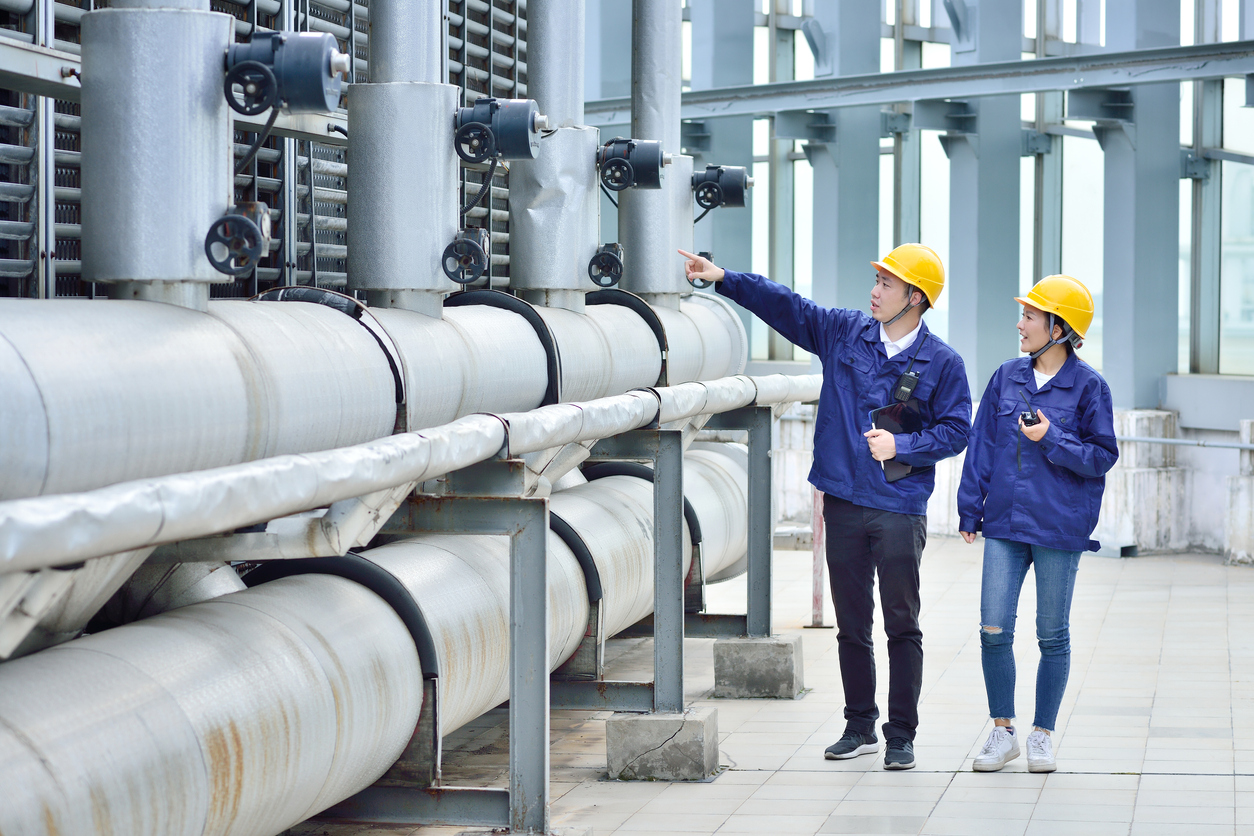The crack of a summer thunderstorm once comforted people in Ludlow, Vermont. But that was before a storm dropped eight inches of rain on the village of 2,200 in two days last month. And it was before the devastation of Tropical Storm Irene in 2011. Now a coming rainstorm can stir panic.
“We could lose everything again,” said Brendan McNamara, Ludlow’s municipal manager.
The rainfall that walloped Vermont last month hit Ludlow so hard that floodwaters carried away cars and wiped out roads. It sent mud and debris into homes and businesses and forced officials to close a main road for days.
Thankfully, the facility that keeps the village’s drinking water safe was built at elevation and survived. But its sewage plant fared less well. Flooding tore through it, uprooting chunks of road, damaging buildings and sweeping sewage from treatment tanks into the river. Even now the plant can only handle half its normal load.
It’s not just Ludlow. Water infrastructure across the country is vulnerable as climate change makes storms more unpredictable and destructive, flooding low-lying drinking water treatment plants and overwhelming coastal sewage systems.
“Wastewater systems are not designed for this changing climate,” said Sri Vedachalam, director for water equity and climate resilience at Corvius Infrastructure Solutions LLC. “They were designed for an older climate that probably doesn’t exist anymore.”
A big reason is geography. Wastewater systems — which deal with sewage or stormwater runoff — are often near water bodies because that is where they discharge. But this makes them vulnerable.
Wastewater systems typically are at the lowest point in the community,” Vedachalam said, noting they often flow by gravity. “In many cases, if you have a really large storm, those are the ones that do get flooded first.”
When storms drop inches of rain onto lakes and rivers over a short period of time, water and debris can clog wastewater systems, power can be knocked out, and service disrupted.
Government flood maps are not up to date; they don’t reflect the risk of flooding in a changing climate. So the risk analysis firm First Street Foundation took a respected climate model and applied it to 5,500 wastewater treatment plants. Then it looked at the possibility of those flooding today and 30 years from now.
The Associated Press then determined the 25% of plants most at risk currently, and where the situation will worsen the most over time, mapping both.
Some metro areas have an especially large proportion of sewage treatment centers at risk if a mega flood occurred today, AP found. They include: South Bend-Elkhart-Mishawaka, bridging Indiana and Michigan; Charleston-Huntington-Ashland, bridging West Virginia, Ohio and Kentucky; Madison-Janesville-Beloit in Wisconsin and Syracuse-Auburn, New York.
Drinking water treatment plants are also at risk. Most U.S. cities and towns get drinking water from rivers and lakes, and water treatment plants tend to be near the water bodies from which they draw.
“Simply by having water purification plants close to where we are getting the water from, that water source is affected by climate change,” said Darren Olson, a Chicago-based water resources engineer and member of the American Society of Civil Engineers.
The fact that the nation’s water pipes are aging adds to the risk. The engineering society estimates that a water main breaks in the U.S. every two minutes, leading to six billion gallons of lost water each day, or enough to fill 9,000 swimming pools.
Recent federal spending packages commit billions of dollars to upgrading the nation’s water systems, but the roughly $55 billion for upgrades in the Biden administration’s $1 trillion infrastructure law represent a fraction of what’s needed to address climate-related risks to water and sewage systems. Part of the reason is that other problems — such as lead pipes — need urgent attention. Often, they have little to do with a changing climate, said Olson.
And while larger cities such as Boston and Chicago can fund new projects in part by raising rates on customers, smaller cities and towns have to find other funding sources — often through state or federal grants — to avoid driving up bills, according to Adam Carpenter, manager of energy and environmental policy at the American Water Works Association.
“Wastewater treatment facilities are not cheap,” said Vedachalam. The hundreds of millions of dollars needed to rebuilt one, he said, can equal several times a town’s annual budget.
When Tropical Storm Irene battered Vermont twelve years ago, it cut off power — including to Ludlow’s wastewater plant. Officials rebuilt it according to stricter guidelines from the Federal Emergency Management Agency, said Joe Gaudiana, the village’s chief water and sewer operator.
They put the plant’s backup generator up on a block of concrete the height of a professional basketball player.
But July’s deluge knocked the whole block askew and wiped out the generator’s controls, rendering it useless. Municipal manager McNamara still isn’t sure how that much concrete got moved, or what Ludlow will do next.
“In a town such as ours, sometimes your options are limited because of geography, because of the terrain,” McNamara said.
Gaudiana would like the town to build a V-shaped wall to steer floodwaters away from the critical place where he works protecting people and the river from raw sewage. He called it “simple insurance that would definitely prevent all this.”
“Unless the wall failed,” he added.














